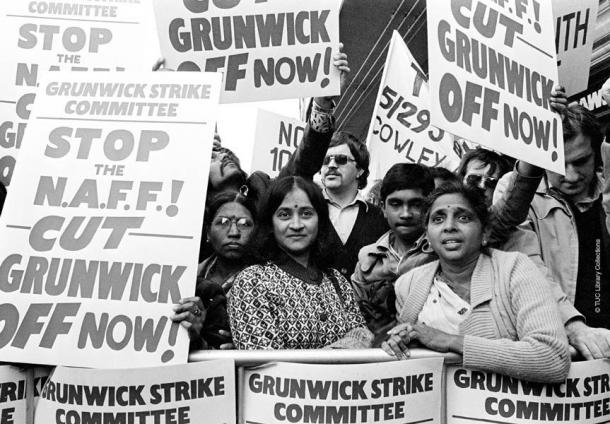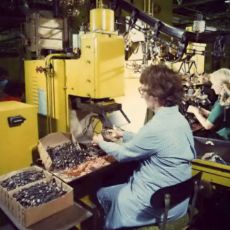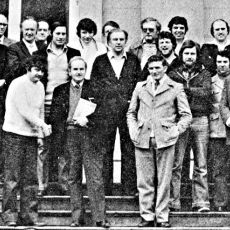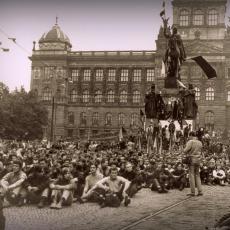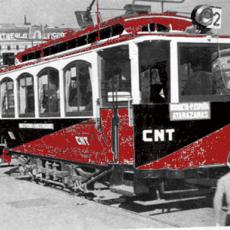The Grunwick Strike 1976-78
Between Solidary Raise and the Management of Racism
The struggle at Grunwick Photo Processing in London was a sharp industrial struggle initiated by female imigrant workers. Beginning in the summer of 1976 the women workers (mostly from Asia) protested against the racist discrimination articulated in bad payment, miserable working conditions and cruel treatment by the management. In response to the the anti-unionist attitude of the owner, the strike received great support by British unions and workers from other industries.
The strike began hopeful and enthusiastic, but ended with disappointment. Supported by the police and the right-wing National Association For Freedom (NAFF) the company refused to accept recommendations for a settlement that were formulated by the government-appointed Scarman Inquiry. In the End of 1977 the unions began to withdraw their support for the strike. After a period of hunger strikes the mostly female strikers had to stop their actions in June 1978 without having obtained their goals.
In Summer 1977, one year after the beginning of the strike, Ambalavaner Sivanandan, director of the Institute of Race Relations, wrote an essay about the Grunwick strike and published it in the quarterly journal Race and Class. He wrote:
„The strike has received widespread union support, which is in certain respects unique in the history of British trade unionism. [...] At first it looked as though Grunwick was to be the rallying point for the labour movement to prove its commitment to black workers. But what is more apparent now is that the unions have been carefully determining the direction that the strike should take and the type of actions open to the strikers.“
Here you can read the whole article:
